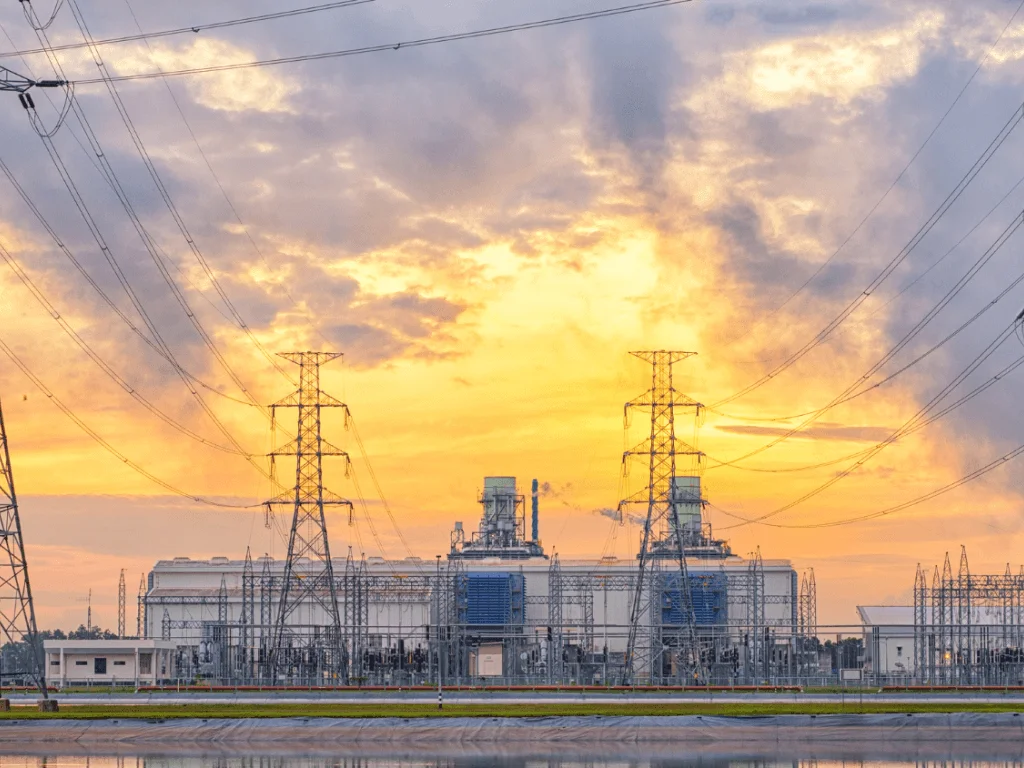Table of Contents
The WTW‘s 2024 Power Market Review indicates that the property and business interference insurance market in the power sector is beginning to change, following years of challenging conditions.
This international issues firm discovered that while lesser and recurrent losses persist, the lack of large claims over the past two years has created increased competition. This has slowly reduced the premiums of the property and business interruption insurance policies.
They also saw signs of stabilization in international liability markets where the capacity is observed to have improved slightly. Such a trend is making market conditions less stiff and is reducing rates due to increased competition.
Raising Electricity and Extending the Service Life of Assets
Growing demand for global electricity consumption has now led to power companies looking at how they can refuel their aging infrastructure. Analysts have said insurers will want to see more aggressive maintenance strategies, especially on the older assets, as a way of assessing risks and managing for possible losses.
Renewable energy, climate change, and associated risks and new technologies.
While insurance companies are increasingly focused on the environmental rating of their portfolios, new technology has its challenges. The increasing share of variable renewables, such as wind and solar, has led to requirements that the power system improve accordingly by being more flexible to accommodate the variability in energy supplies.
This goes well with challenges happening in the insurance industry, more particularly how climate change is redesigning the insurance business. Ping An Insurance recently teamed up with several institutions to establish how global climate changes are putting additional pressure on their financial liability. As such, the risk of climate change can only be managed by integrating climate resilience into the insurance sector’s strategic management systems.
Supply Chain/possible infrastructure bottleneck
The move to renewable energy generation sources means that generation assets are generally sited further from the demand points than was the case in the centralized utility model. While transitioning to a decentralized power generation model, this system is proving to be a challenge to current transmission networks, particularly in areas that have not developed functional grids.
Greater openness with the executives of power companies and insurers will be significant, Mackenzie concluded. ‘There are millions and millions of consumers out there waiting to be served when this is done right as the market shifts over time.’ This is because the more an insurer is familiar with a client’s operations, the more his recommendations are bound to be tailor-made and therefore more flexible in their offering.















